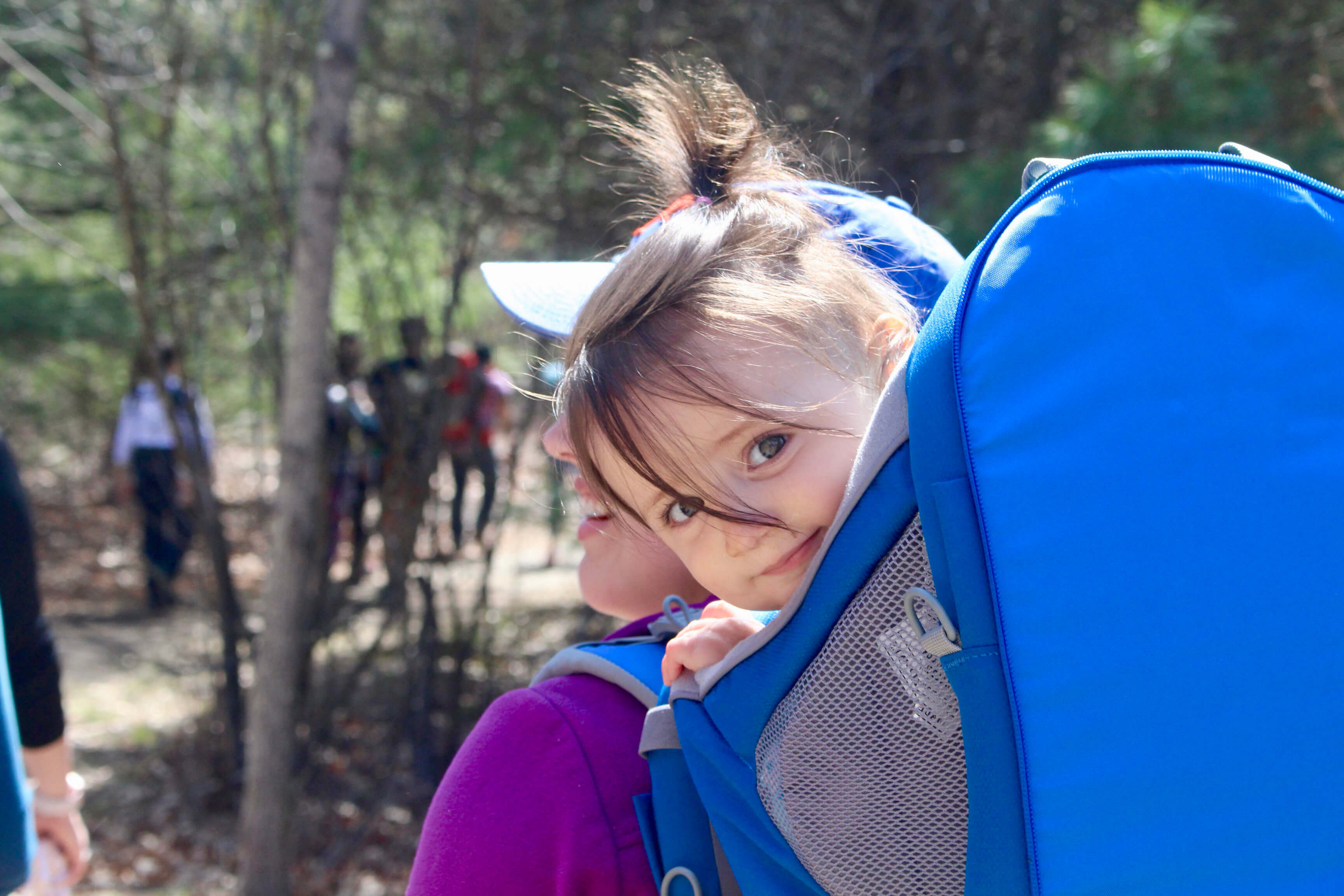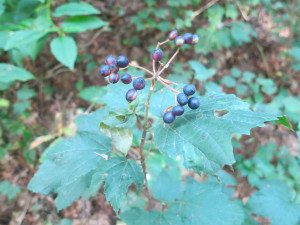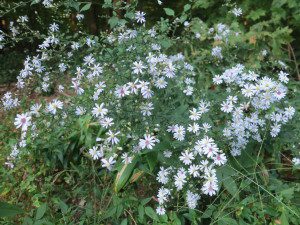Back in December of 2020, guest blogger and board member Steven Engel highlighted the work of Prof. Jack Ridge, a geologist in the Earth and Ocean Sciences Department at Tufts University. Since 2007, Prof. Ridge has focused a large portion of his research on the geology of the Fells, and made much of his findings available for the public to view at his website, “The Geology of the Middlesex Fells.”
Prof. Ridge has recently updated his website to include a series of self-guided geology hikes throughout the Fells. He explains:
The compilation of self-guided geologic hikes in the Fells is an outgrowth of my interest in informing the public about the exciting field of geology. The geologic hikes in the Fells introduce the fundamental geology of the Fells along with some of their details. They are an excellent way to introduce natural science. I am especially interested in informing middle through high school students and their teachers about local geology, but anyone can learn Fells geology. Really curious younger students may also find the geology of the Fells interesting. I have also been struck by the curiosity that many hikers in the Fells exhibited, when they saw me in the field.
There are currently five self-guided geology hikes available on the site, all in pdf format, and some in multiple parts:
-
The Skyline Trail (in a 7 part series) – west of Rt. 93
-
The Rock Circuit Trail (in 3 parts) – east of Woodland Road and across southeast Fells
-
The Crystal Spring Trail – north of Pond Street to Whip Hill
-
Virginia Wood – south of Pond Street in Virginia Wood
-
Lawrence Woods – loop from Medford High School
Per Prof. Ridge:
At the beginning of each download document (PDF format) is useful information about what to expect while hiking in the Fells and also some fundamental geology to get started. Each hike route is on DCR trails and they are marked on geologic maps in the guides. Take advantage of the special geologic explanations linked below.
To download these hikes, and to explore the additional geology resources and references produced by Prof. Ridge to expand on the topics discussed in the hike documents, visit the hikes homepage:
Prof. Ridge welcomes questions on these hikes, or feedback on ways to make them more clear and accessible. He can be reached at jack.ridge@tufts.edu.


